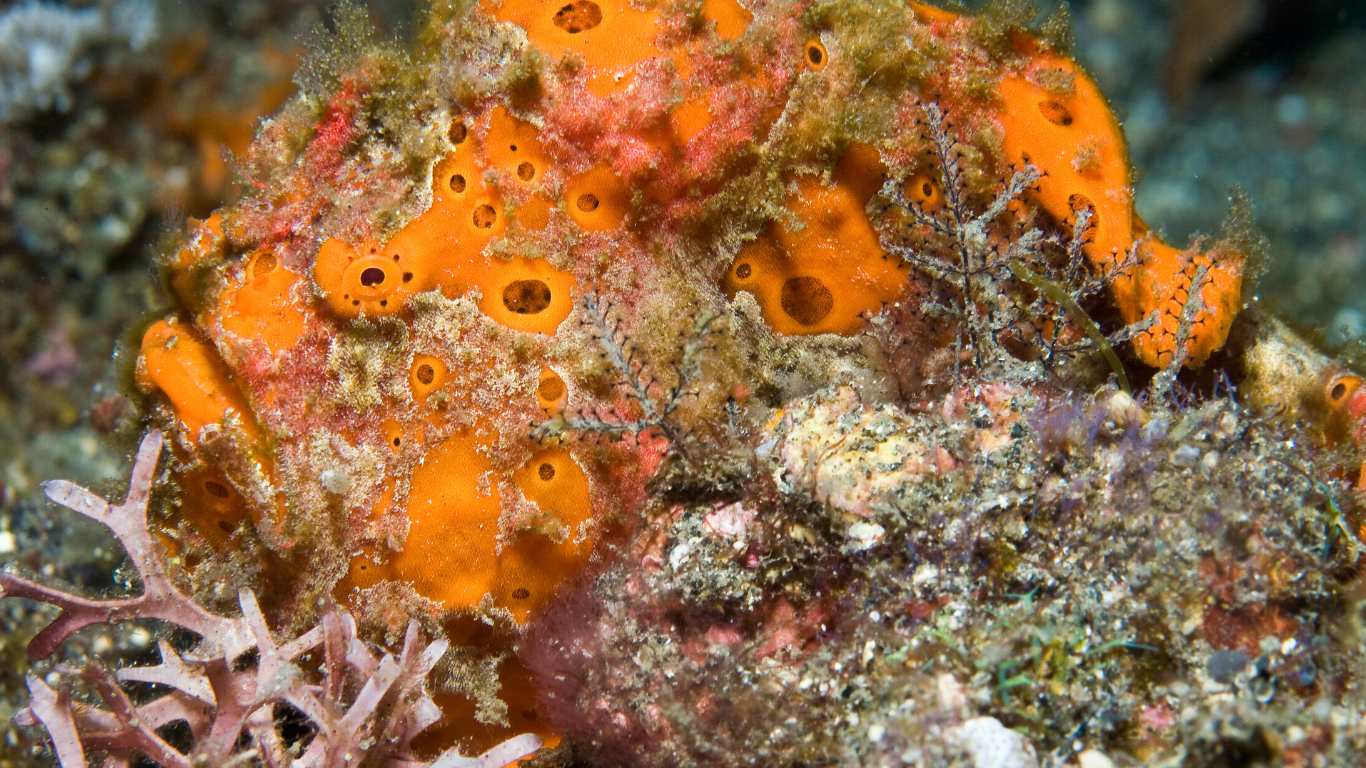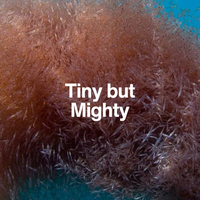The Lure of Darkness
Anglerfish
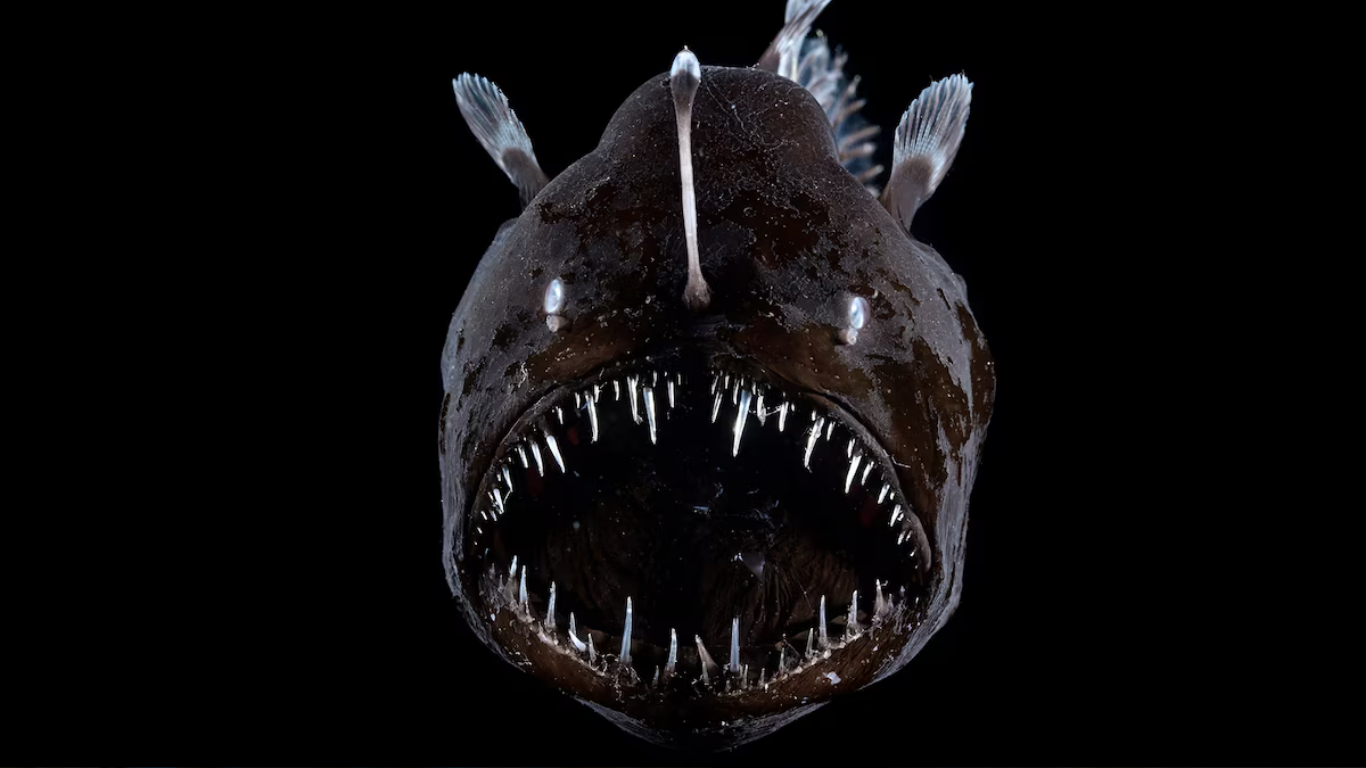
With a built-in lantern and a mouth full of teeth, this deep-sea hunter thrives where light cannot reach.
Introduction
Meet the Anglerfish
Few creatures capture the imagination—and nightmares—quite like the anglerfish. Found thousands of metres below the surface, this bony fish is adapted to one of Earth’s most extreme environments: the deep ocean.
The most iconic anglerfish are females, known for the bioluminescent lure that dangles from their heads like a fishing rod. It glows in the darkness, attracting curious prey—and sometimes mates.
There are over 200 species of anglerfish, ranging in size and shape, but all share a haunting elegance and an uncanny talent for surviving in the black.
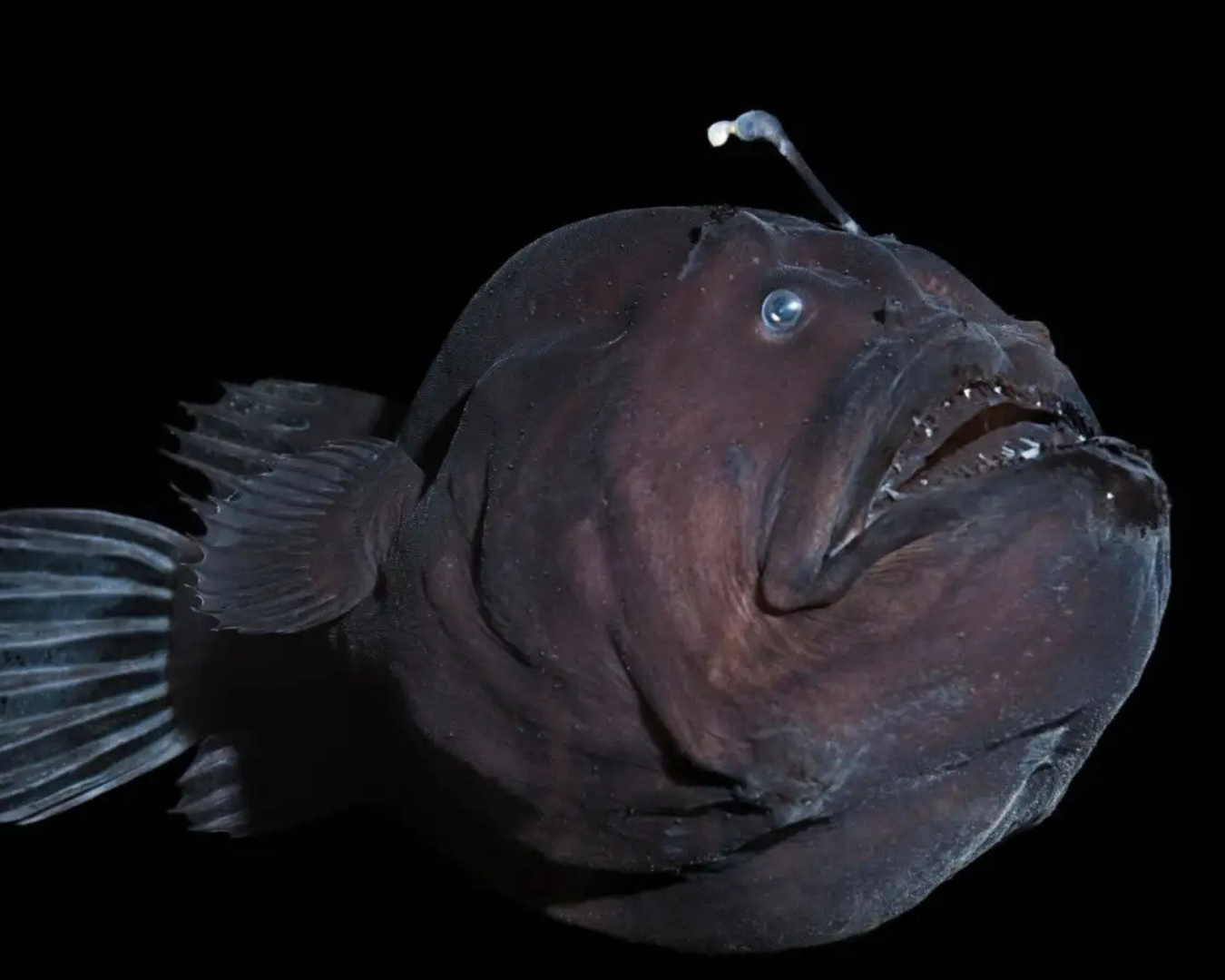
Fun Fact
Some anglerfish glow not from their own body—but from symbiotic bacteria living inside their lure.
Biology & Behaviour
Lanterns, Lures, and Living Mouths
The female anglerfish’s most distinctive feature is the illicium—a modified dorsal spine that acts like a rod, ending in a glowing esca. She waves it slowly in the dark to attract fish, crustaceans, or squid, then lunges with a massive jaw and swallows her prey whole.
Other key adaptations include:
- A flexible stomach that expands to hold prey as large as the anglerfish herself
- A wide, unhinged jaw filled with needle-like teeth
- A dark, scaleless body that blends into the abyss
Males, by contrast, are tiny—and their only job is to find a female and attach to her, sometimes permanently, as a parasitic mate.
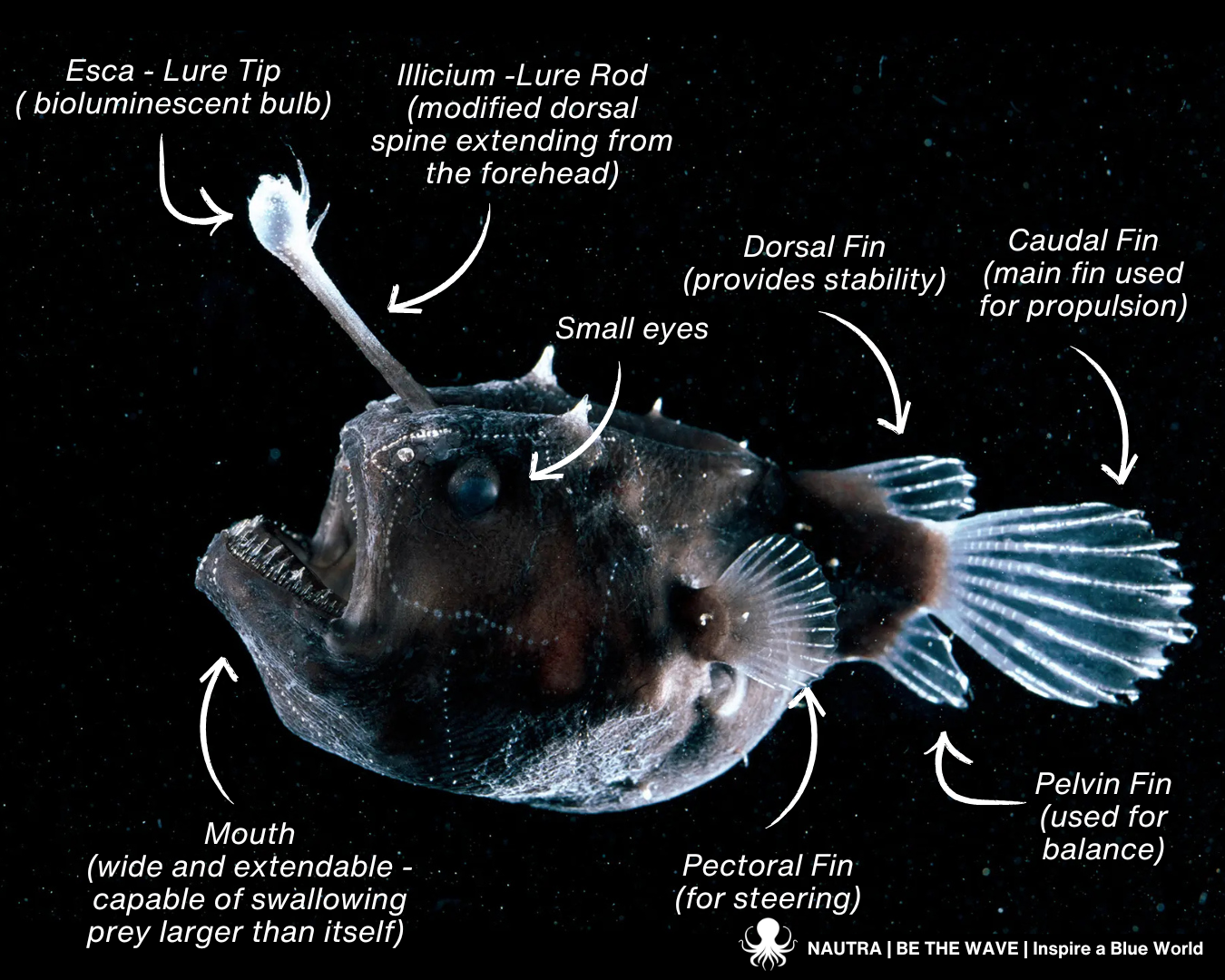
Reproduction
Mating for Life (Literally)
In many species of deep-sea anglerfish, the male is 20 to 40 times smaller than the female. When he finds a female, he bites her side—and fuses to her body. Over time, he loses his eyes, fins, and internal organs, surviving as a reproductive appendage that shares her bloodstream.
This bizarre form of sexual parasitism ensures the female has a ready mate in an environment where encounters are rare.
Not all anglerfish reproduce this way, but many deep-sea species do—making them one of the most extreme examples of mating in the animal world.
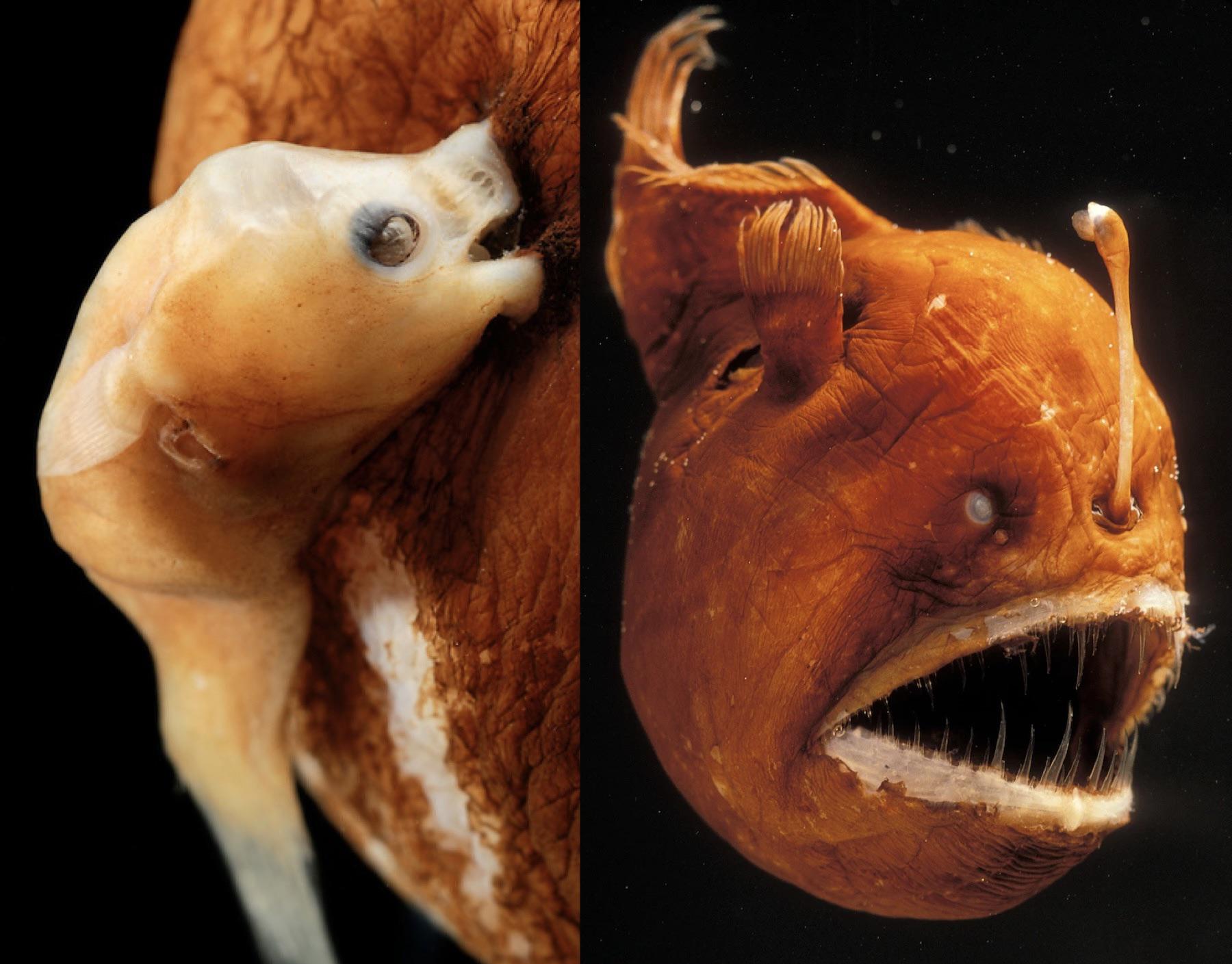
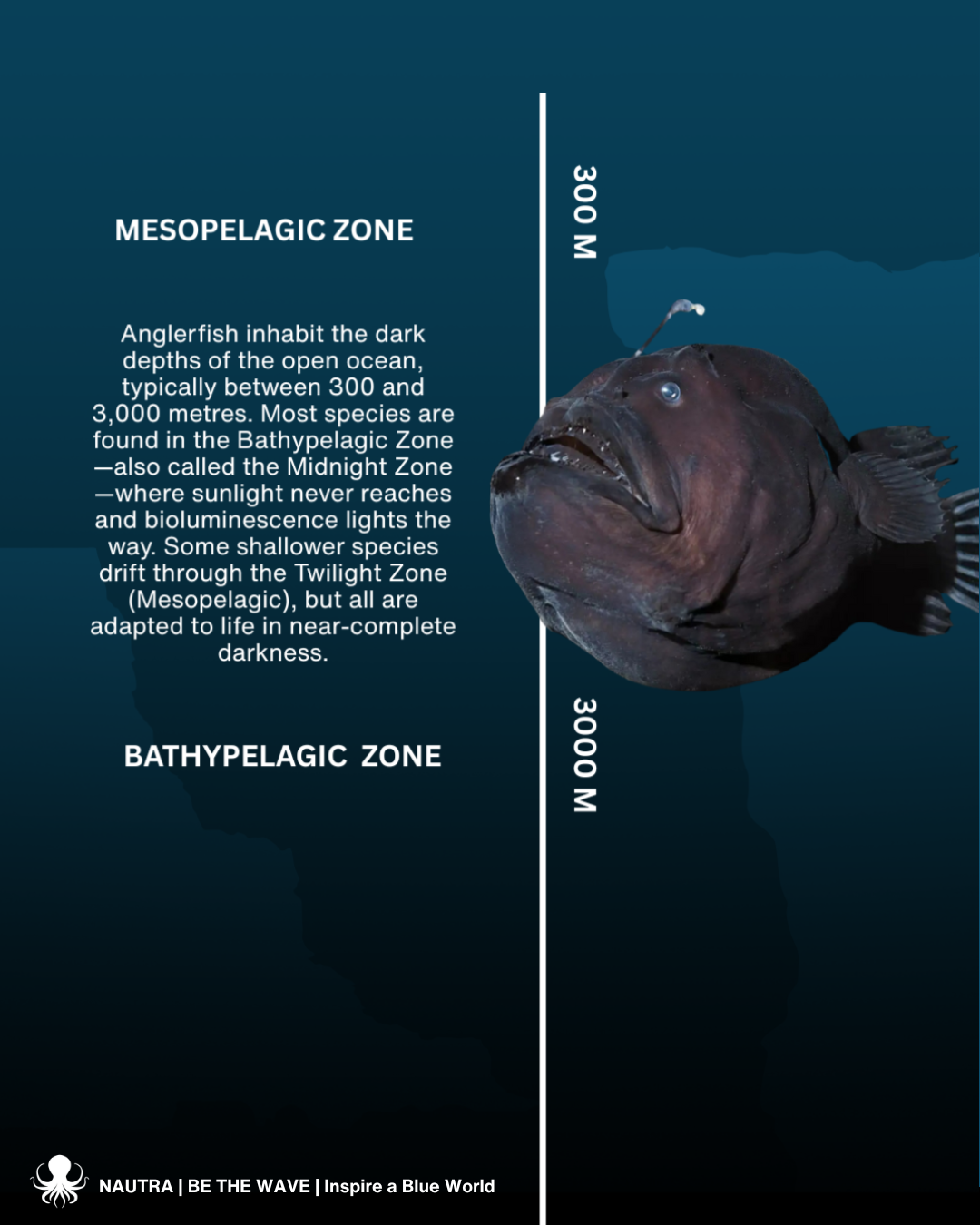
Conservation & Threats
Creatures of the Unknown
Anglerfish live so deep that they are rarely seen or studied in detail. Most are not listed as endangered, but that may reflect a lack of data rather than a true sense of security.
Potential threats include:
Deep-sea trawling
which can destroy fragile ecosystems where anglerfish live
Plastic Pollution
especially microplastics ingested by prey
Climate change
which may alter oxygen levels and food availability in the deep
Did you know?
The light in an anglerfish’s lure is produced by bioluminescent bacteria that live inside a specialised organ on the fish’s head.
Why They Matter
The Deep is Alive
Anglerfish remind us that even the darkest parts of our planet are alive with life, strategy, and wonder. They show how extreme environments breed extreme adaptations—from luminous lures to lifelong mates.
Protecting the deep sea means protecting species we barely understand, and acknowledging that mystery is part of nature’s brilliance.
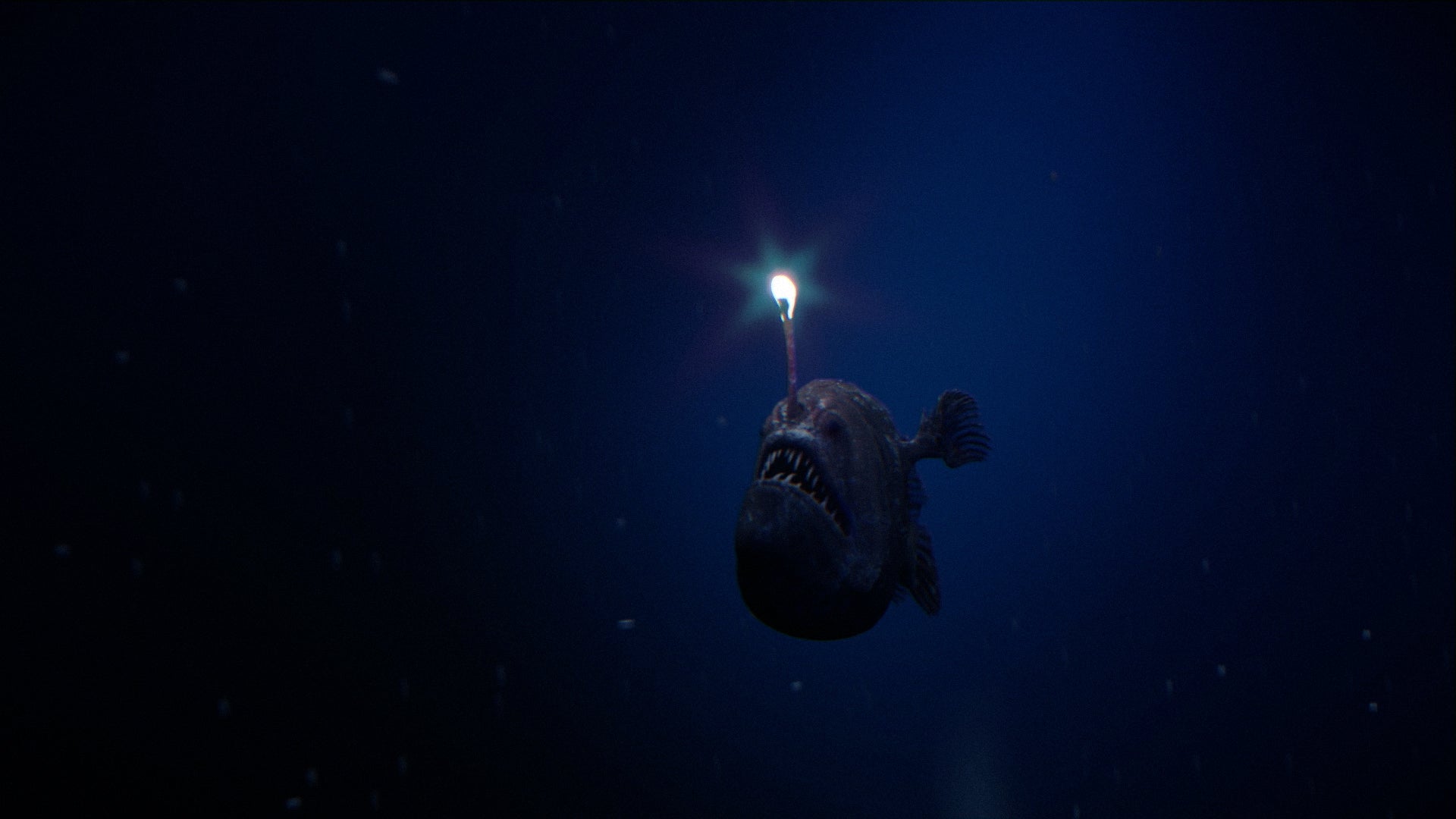
Species Overview
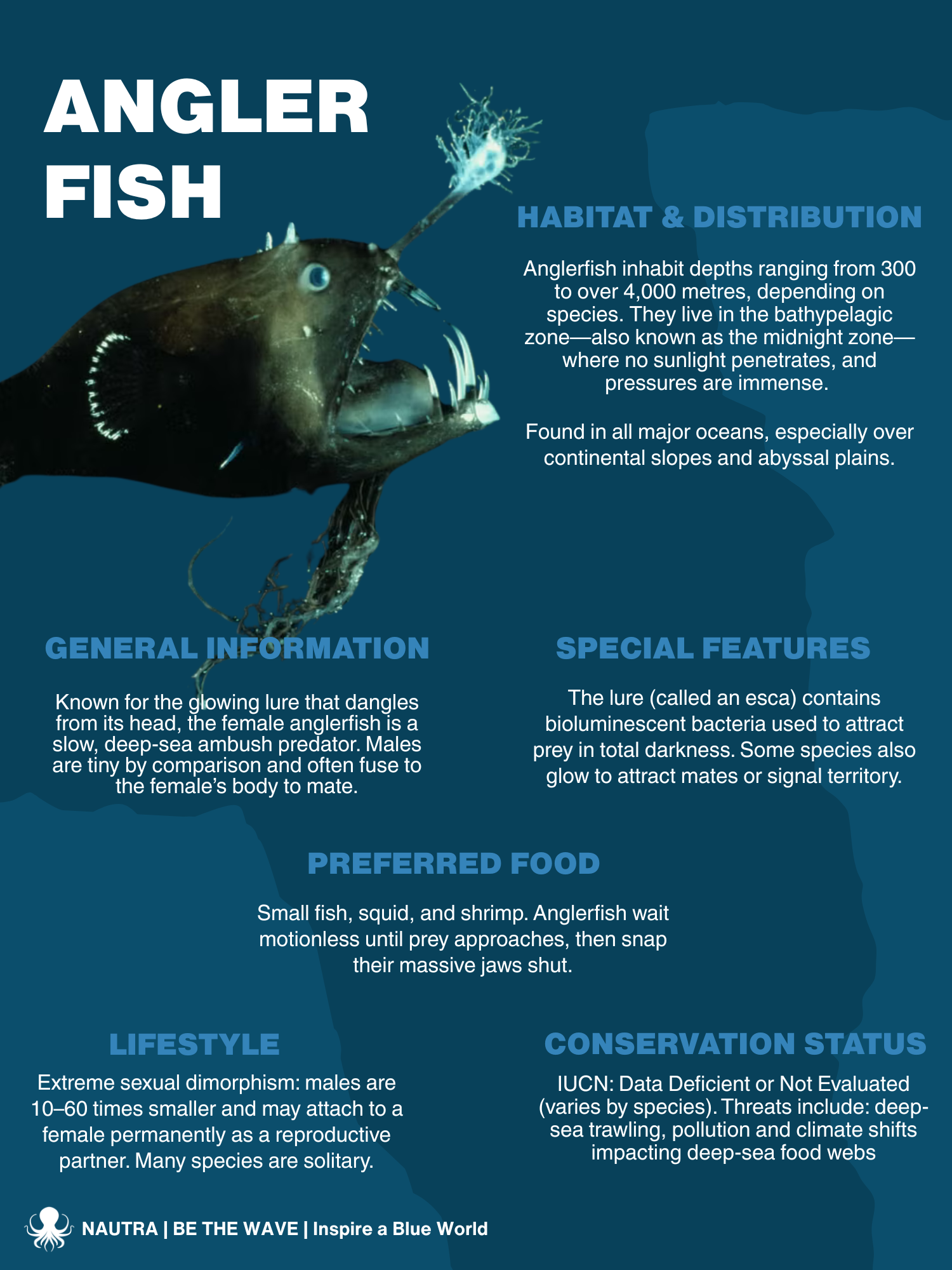
Species ID Card
Anglerfish
Want to take this species with you? Download our printable ID card to keep learning, share with others, or use in your classroom or ocean journal.
NEXT SPECIES
Meet the Master of the Ambush: Frogfish
Camouflaged, motionless, and ready to strike in milliseconds. Up next: a reef predator that walks, waits, and doesn’t waste a move.
